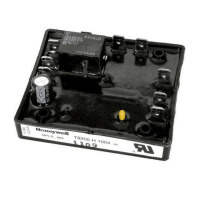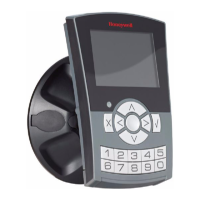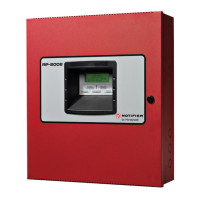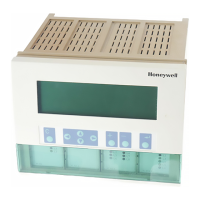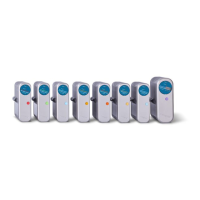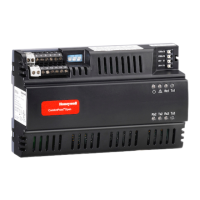INTRODUCTION
Part. No. 2400M2501_6 Touchpoint Pro
13 Technical Handbook
3.2.1 Centralised Command and Control Option
TPPR can be installed as part of a centralised cabling system. With a centralised system, the field devices are individually
cabled back to the Controller and the field devices’ distance from the controller is limited only by the cable resistance and
whether or not power boosters are used.
3.2.2 Distributed Command and Control (Remote Units) Option
TPPR can be installed as part of a distributed cabling system. In a distributed architecture, the field devices are connected
via short cable runs to TPPR Remote units, which are connected back to the controller by the Ring Network.
Remote units can be located up to 1 km (cable length) from the TPPR Controller or from each other, with a maximum cable
loop of 3 km for the complete system. The only connection required between the Controller and the Remote units is the
shielded network cable itself.
The TPPR Remote unit can be housed in any of the standard Enclosures, a 19” 5U rack, or a suitable 3
rd
-party enclosure. They do
not need a Controller but they do require their own power supplies.
Note: Standard Remote Units can be sited in safe areas to monitor and control devices sited in hazardous areas. You
should comply with all relevant legislation and you should follow the field device manufacturer’s installation and use
instructions.
The diagram below shows an example of a typical distributed setup showing both safe zone and zone 2 remote units.
Figure 17. TPPR Controller with Remote Units and Field Devices
Sensors
Actuators
Lamp Stack
You can install a Zone 2 Remote unit in Zone 2 to monitor sensors in ATEX Zone 1 provided that you use
appropriate barriers and armoured conduits, and that you follow all national and international cabling regulations.
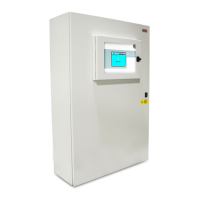
